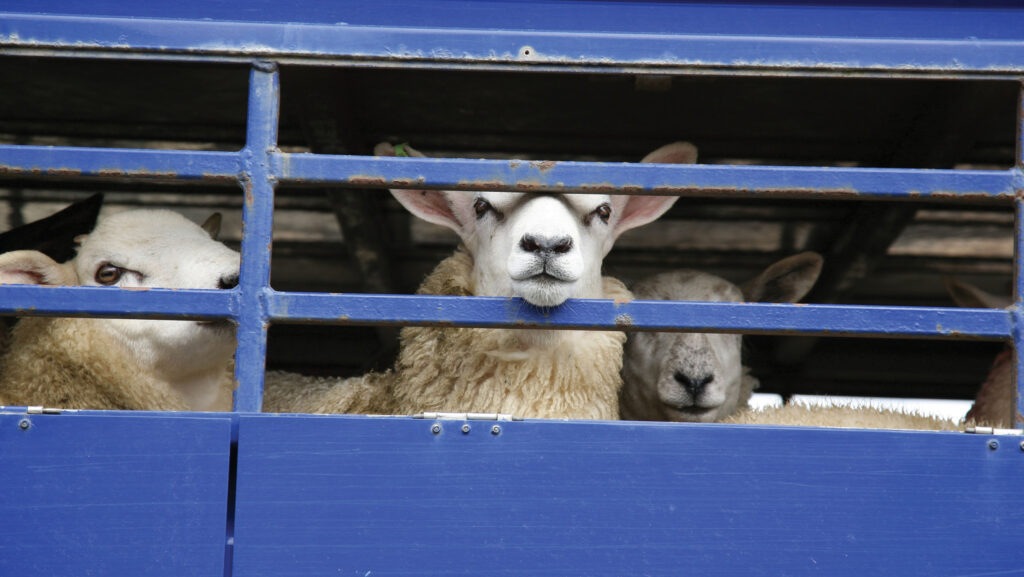Lamb trade lifts further above £6/kg carried by tight supply
 © Tim Scrivener
© Tim Scrivener Festive demand has taken off for the lamb sector, with processors appearing keen to stock up ahead of Christmas.
Some abattoirs have been quoted at up to 650p/kg in the past week while the overall GB average deadweight SQQ lifted by 11p/kg on the week to 625.2p/kg.
Trade at both auction markets and abattoirs has been relatively strong for the time of year, with prices up by about 50p/kg on the same week last year.
See also: Defra mandates abattoir price reporting for sheep sector
This is despite a mountain of logistical challenges resulting from bluetongue with control zones splitting England east to west and impacting businesses on both sides.
Auctioneers say buyer interest is on the up – larger lambs in particular are achieving top prices.
Zanna Dennis, development officer at the Livestock Auctioneers’ Association, said the prime lamb trade continued to lift throughout the past week, with a liveweight average of 290.7p/kg at auction markets, while cull ewes averaged £99 a head.
Supply dynamics
Sheepmeat production has fallen by 8% on the year during 2024, but throughputs are expected to lift slightly towards the end of the year if prices remain firm.
Looking further ahead, contractions in the UK breeding flock are expected to lead to a 4% decline in the 2024-25 lamb crop, totalling 15.5m head.
Glesni Phillips, analyst at Hybu Cig Cymru (Meat Promotions Wales) said: “The estimated smaller lamb crop will lead to tighter supplies overall, however well-fleshed, quality lambs are currently in high demand, according to reports.
“Consumer demand continues to be buoyant as budgets remain tight, however there is optimism for another good Christmas for red meat.
“While new season lambs have been slower to come forward this year – there is hope that supply will be able to meet festive demand.”
Import pressure
UK sheepmeat import volumes increased by 43% during the first eight months of the year to total 47,200t, with the vast majority of these imports coming from New Zealand and Australia.
But Ms Phillips suggests that import volumes could potentially begin to ease back if supplies in the southern hemisphere tighten as projected.
